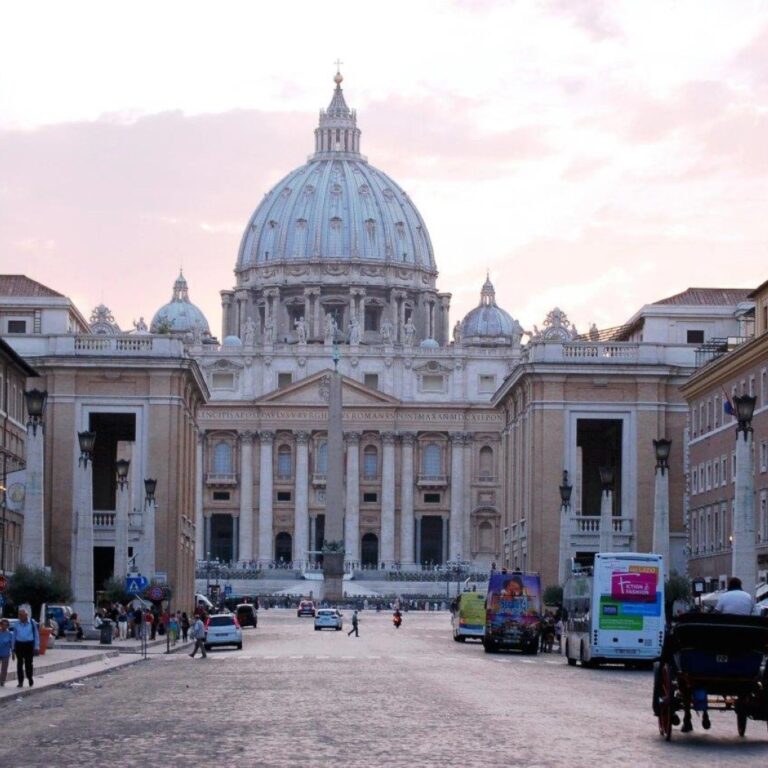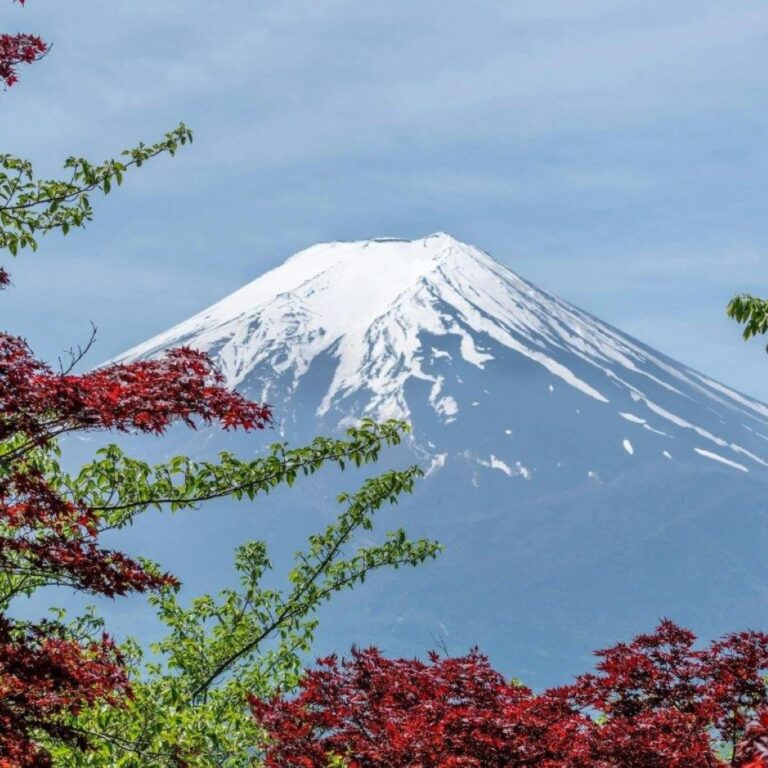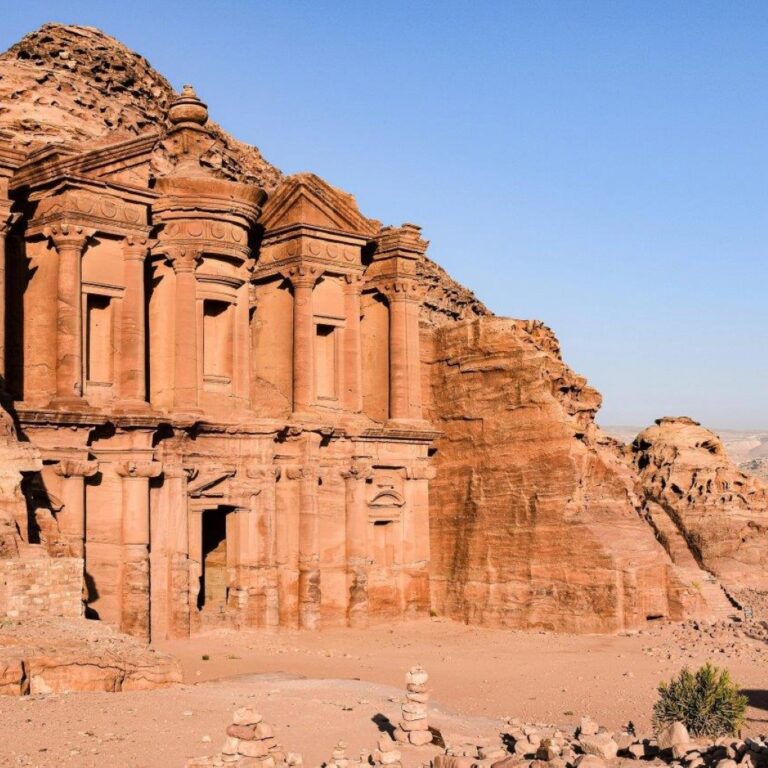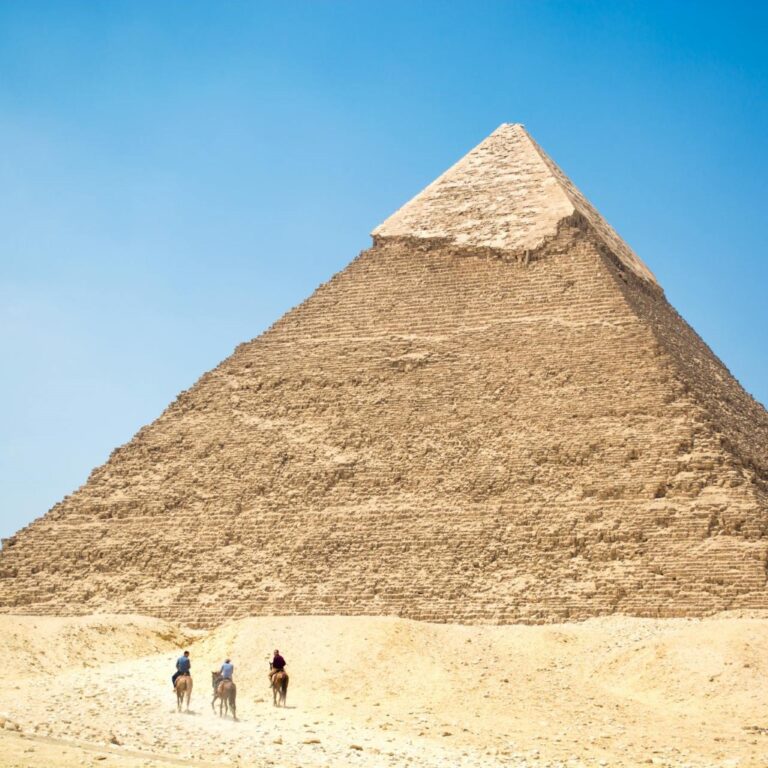St. Peter's Basilica is the largest church in the world, with an interior area of approximately 15,160 square meters (163,200 square feet) and a capacity of over 60,000 people.
The basilica is built on the site where St. Peter, one of Jesus's apostles and the first Pope, is believed to be buried.
Construction of the current basilica began in 1506 under Pope Julius II and was completed in 1626, taking over 120 years to finish.
The original St. Peter's Basilica, constructed by Emperor Constantine in the 4th century, stood on the same site before being replaced by the current structure.
The design of the basilica involved several renowned architects, including Donato Bramante, Michelangelo, Carlo Maderno, and Gian Lorenzo Bernini.
Michelangelo designed the iconic dome of St. Peter's Basilica, which rises to a height of 136.6 meters (448 feet) and remains one of the tallest domes in the world.
The interior of the basilica is adorned with numerous works of art, including Michelangelo's famous Pietà sculpture and Bernini's magnificent Baldachin (canopy) over the papal altar.
St. Peter's Square, the grand plaza in front of the basilica, was designed by Gian Lorenzo Bernini and can accommodate hundreds of thousands of people during papal ceremonies.
The façade of St. Peter's Basilica, designed by Carlo Maderno, is 114.69 meters (376 feet) wide and features a central balcony known as the Loggia of the Blessings.
Visitors can climb to the top of the dome, either by stairs (551 steps) or elevator, for a breathtaking panoramic view of Vatican City and Rome.
The basilica's floor is decorated with intricate marble designs, including the Navicella mosaic, a 13th-century work depicting St. Peter walking on water.
Beneath the basilica lies the Vatican Grottoes, which house the tombs of numerous Popes and saints, including St. Peter himself.
The basilica's bronze doors, created by sculptor Filarete in the 15th century, depict scenes from the lives of St. Peter and St. Paul.
St. Peter's Basilica is not the cathedral of the Diocese of Rome; that title belongs to the Archbasilica of St. John Lateran.
The basilica is a major pilgrimage site and a focal point for Catholic worship, drawing millions of visitors from around the world each year.



